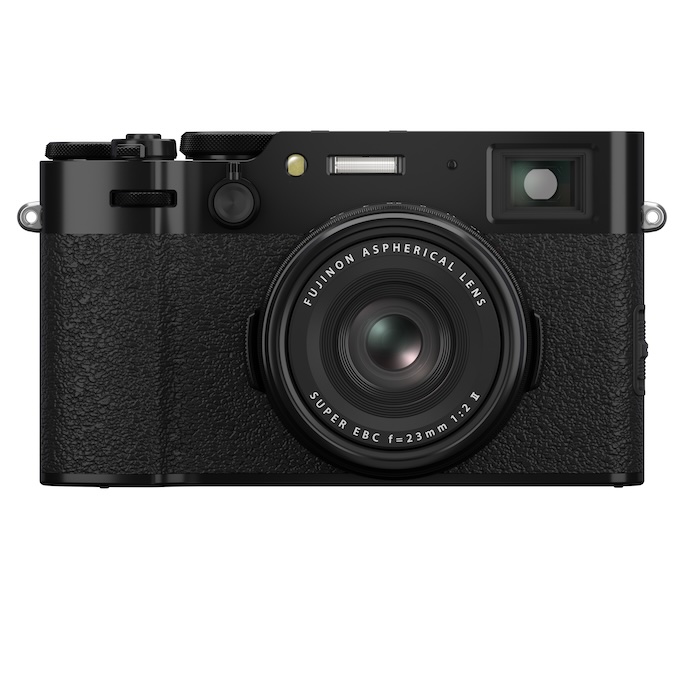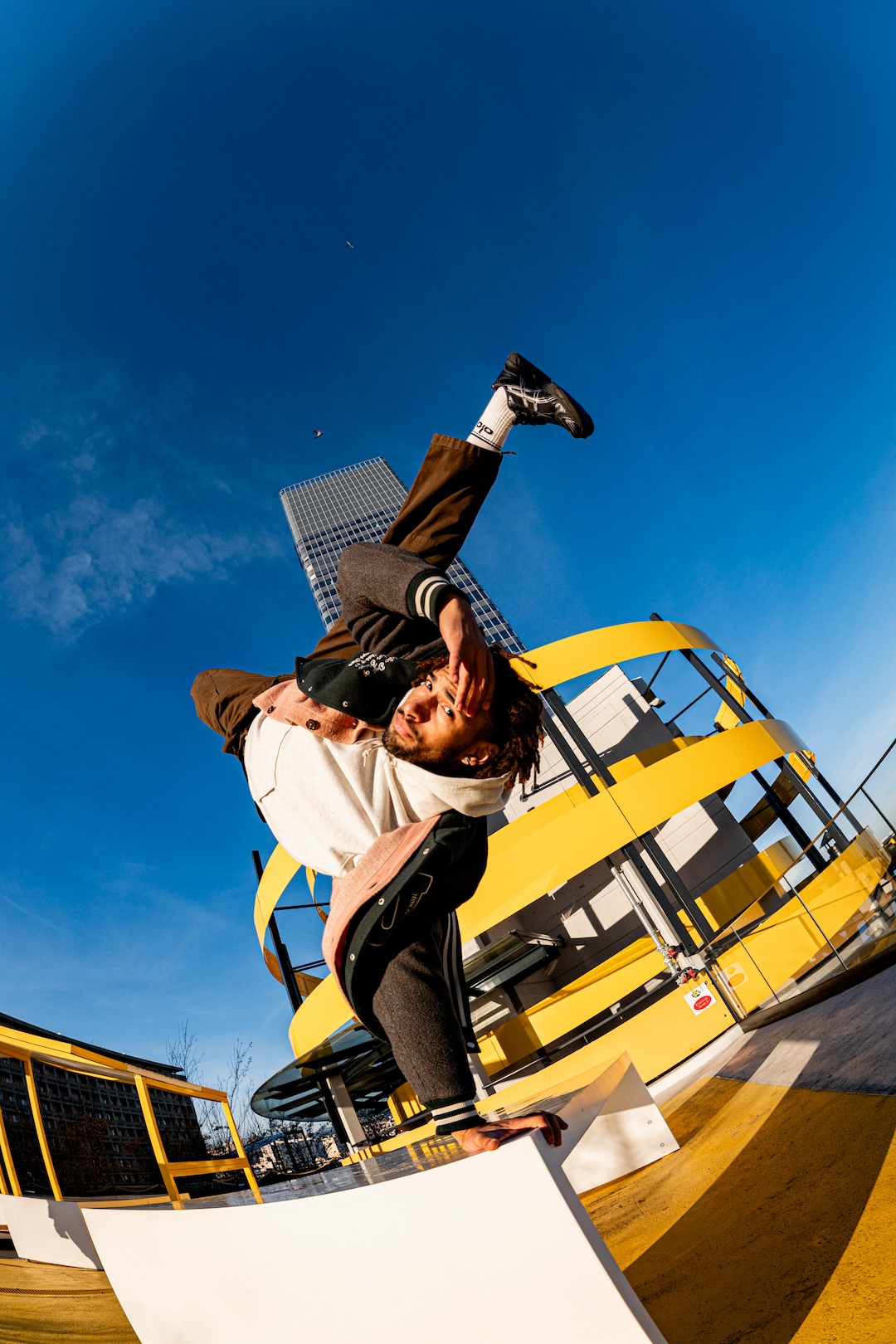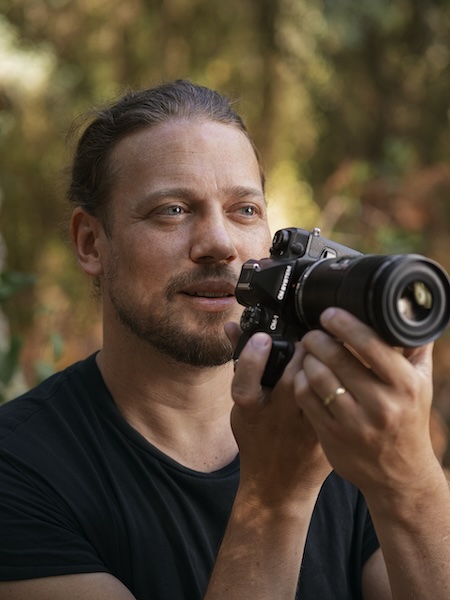Settling Down With a Cinema Lens
July 1, 2016
There’s an old saying in photography: “You date the body, but marry the lens.” As those in a committed lens relationship well know, it’s hard to part with a favored piece of glass. But for DSLR and mirrorless shooters, a still photo lens may not always be the best companion when it comes to filmmaking.
Over the past several years, lens makers have greeted the rise of DSLR and mirrorless filmmaking with cinema lenses geared for those cameras. These lenses have some major differences from their still counterparts that you’ll need to familiarize yourself with if you want to start a long-term relationship. Consider this a speed-dating session.
Bye Bye Autofocus
Still lenses excel at lightning-quick autofocusing and electronic control over aperture. Cinema lenses, by contrast, are almost always manually operated. While autofocus can play a role in video, it can also be unpredictable and jarring. Manual control over both focus and aperture allows for smoother, more predictable transitions. The aperture on a cinema lens is also de-clicked, meaning there won’t be a hard stop as you open or close the diaphragm, allowing for gentle changes in exposure as lighting conditions or depth-of-field needs change.
Unlike many still lenses, cinema lenses have very long focus pulls—the focus ring will rotate almost all the way around the lens barrel, allowing the filmmaker to achieve a very gentle, slow focus. These rings are frequently threaded with gears so you can more easily attach a follow- focus mechanism to the lens.
F Stops vs. T Stops
Any cinema lens worth its salt will provide an aperture rating based on T-stops, not the traditional F-stop. The key to understanding the difference is the “T,” which stands for “transmission.” Whereas an F-stop is simply a measure of the lens’s aperture in relation to its focal length, a T-stop is a measure of the actual amount of light that is transmitted through the aperture and onto the image sensor itself. It’s a more precise measurement of the light-gathering capabilities of a lens, since it can accurately account for any light that’s reflected or absorbed after it passes through the aperture.
Lookalikes
Still photo lenses come in all shapes and sizes. A Nikon 35mm full frame lens is going to look a lot different than a Nikon 50mm or 80mm full frame lens. Cinema lenses, with a few exceptions, are built with exactly the same dimensions regardless of focal length. In fact, they’re not only the same size, but the focus and aperture rings are in the same place, so you can quickly change lenses without having to readjust accessories like matte boxes or follow focus gears to accommodate a new lens. Color characteristics are also more tightly controlled and calibrated in the factory so there’s less chance of a color shift when swapping lenses.
Cinema lenses have visually busier exteriors than most still photo lenses, too, with duplicated focus and aperture scales appearing on two sides of the lens barrel. These duplicated markings make it easier to read and adjust exposure settings no matter which side of the camera you’re on (remember, you’re making these adjustments manually, so it pays to have them easily viewable at all times).
Not A Cheap Date
A cinema lens is generally going to take a bigger bite out of your wallet than a still lens of comparable focal length. For example, Canon’s EF 35mm f/1.4 still lens with AF costs about $1,000, while the company’s CN-E 35mm T1.5 L F costs $4,600. Rokinon’s new XEEN series has provided a lower cost cinema alternative, but even those models are pricier than the company’s budget-friendly still lenses. There’s no question that cinema lenses are an investment.
Bottom Line
Any relationship involves trade-offs. Many wedding filmmakers prefer to love the one they’re with and use a single set of still lenses for stills and videos. It’s less to carry, less to insure, and for solo operators, far less of a hassle if you want to quickly transition from stills to video. There are still lenses with “de-clicked” apertures and manual focusing, so you can get some of the smooth exposure options in a still lens without having to shell out for a cinema lens.
Nonetheless, if you need a lens that’s optimized for the unique demands of motion storytelling, there’s no substitute for a true cinema lens.




